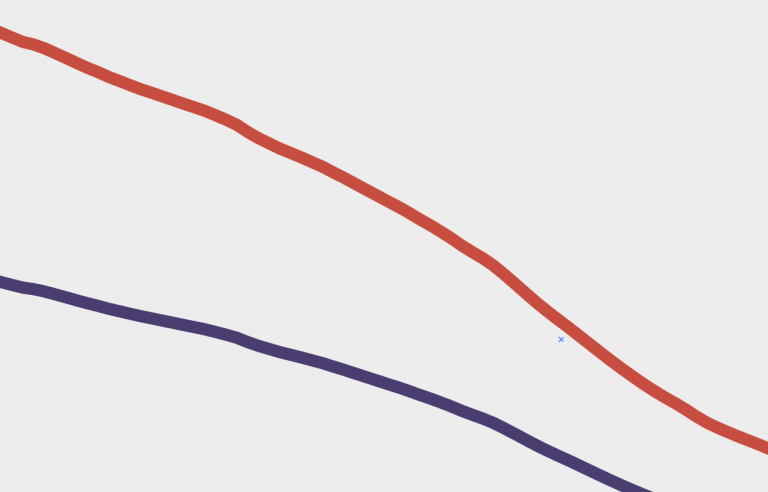ARTICLE

In our long history, how likely was it that our ancestors died as children? Historical studies suggest that around one-quarter of infants died in their first year of life and around half of all children died before they reached the end of puberty. It’s only in the very recent past that we’ve seen dramatic improvements.
Many researchers have independently studied mortality rates for children in the past: in different societies, locations, and historical periods. The average across a large number of historical studies suggests that in the past around one-quarter of infants died in their first year of life and around half of all children died before they reached the end of puberty.
Since then the risk of death for children has fallen around the world. The global average today is 10...
Show MoreComments
Related Chunks
Related chunks with this resource

No comments yet. Be the first to comment!